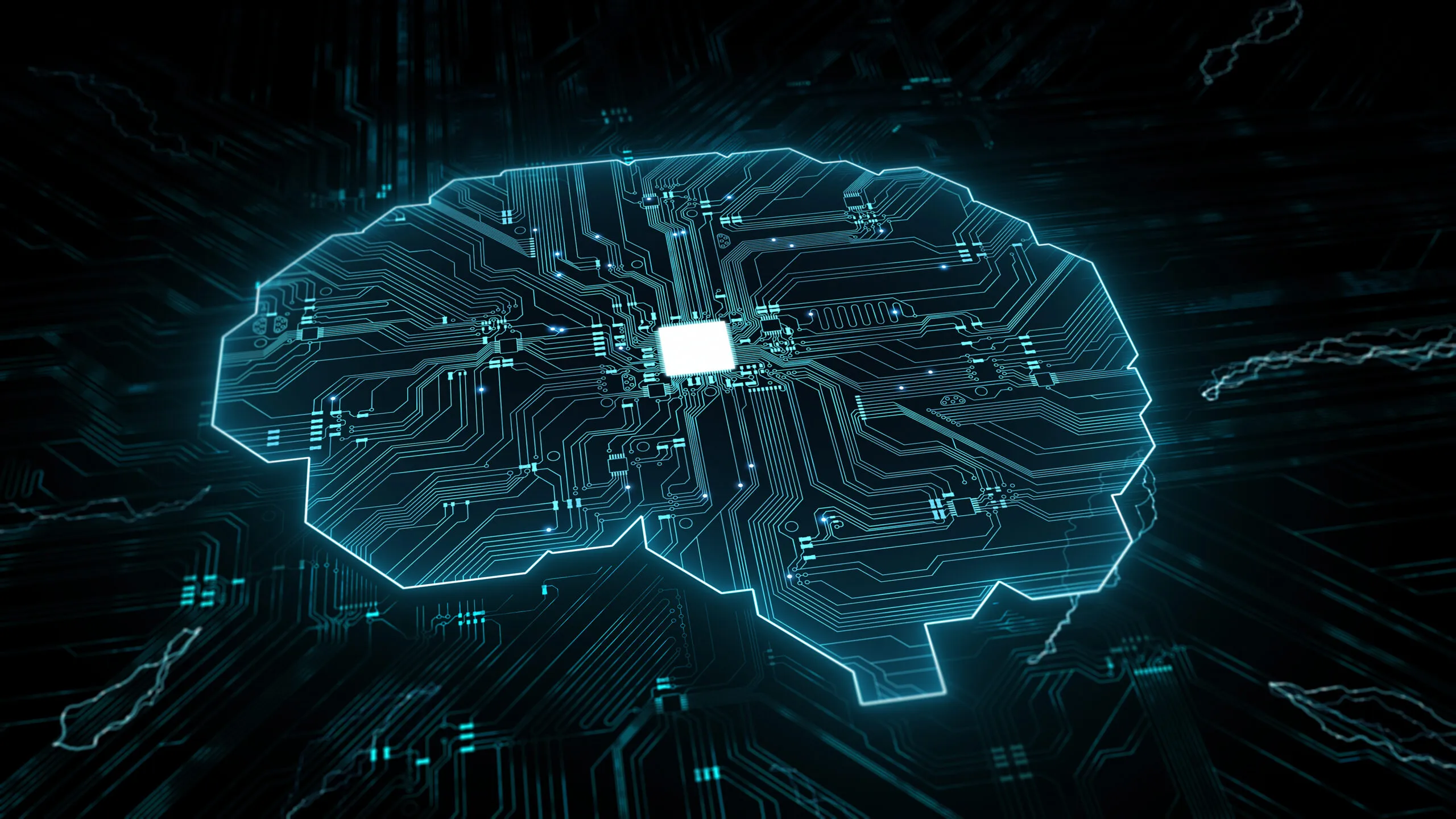Images generated by AI “in the manner of”: what does the law say?

Let’s suppose an AI generates images “in the manner” of a famous photographer, and expressly claims this affiliation.
It’s doubtful that the photographer’s economic rights can prevent such a practice.
However, others legal grounds can be more efficient.
Reproduction of original elements?
Infringement presupposes legal violation of economic rights (reproduction, representation, etc.), i.e. the infringing work must be reproduced or represented in whole or in part, with only its original features being protected. This means that one or more of the protectable “forms” of the photograph that enabled AI to generate an image must be reproduced in that image.
According to the French Supreme Court (Cour de cassation), “copyright infringement is constituted by the reproduction of the characteristics that underline the originality of the work, and is assessed by the similarities between the work and the allegedly infringing work, and not by their differences” (Cass., 06.01.2021, no. 19-20758).
A “simple” similarity is not enough, given that “genres” and “schools” are part of a common background from which all creators are authorized to draw. An AI cannot be deprived, on principle, of this faculty.
If the image generated by AI does not take any specific original form from the photographs from which it was inspired, an infringement action for violation of the photographer’s economic rights would seem difficult to justify, even on the basis of the right of adaptation.
We’ll have to look elsewhere to see if there’s another legal basis that could prevent such a practice.
What about moral rights?
Could the photographer object to the creation of artificial images conceived “in his own way” on the grounds of moral rights? Wouldn’t this falsely attribute to him the authorship of a “work” of which he is not the author, or associate him with “computer fabrications” with which he does not wish to assume any filiation?
It is not so much in the field of authorship as in the field of the right to respect for the work that the photographer can hope to win his case. The AI does not claim to be the author of the artificial images (the legal notion of “artistic forgery” could then be invoked), but it does claim a filiation from which the photographer’s work or reputation could suffer.
Ultimately, however, it is not so much the photographer’s work as his name that is being flayed. Moral rights are about respecting the work, not the author. It would undoubtedly be more judicious to invoke civil liability, as the announced filiation of artificial images, especially if they are of poor quality, is likely to be prejudicial to the photographer.
And parasitism!
To say that an image has been generated “à la manière de” is to profit from the notoriety of the photographer “imitated” without the latter’s authorization or compensation. The marketing of artificial images thus generated “à la manière de” will benefit from the photographer’s aura.
According to the French Supreme Court, “since ideas are freewheeling, the mere fact of adopting a competitor’s concept by adapting it does not constitute an act of parasitism” (22.06.2017, no. 14-20310). However, in the case in point, the photographer’s “concept” was not simply adopted, but his name was “exploited” in order to follow in his footsteps. In our view, parasitism has been established.
The operator of the faulty AI is therefore liable to compensate the photographer for the damage suffered, on the basis of common law civil liability (article 1240 of the French Civil Code).
The solution is more dubious if the AI operator avoids revealing its source. However, even in the absence of any express reference to the photographer, the risk of confusion is not necessarily ruled out, especially as, by assumption, it will have been deliberate.
*
In any case, if AI shocks or annoys, we have to admit that its “practices”, encouraged by the legislator via the right to search (data mining), have more to do with an ethic to be formalized – the general principle of civil liability may be a good tool for this purpose, but this would leave it to the judges and the long judicial process to secure the matter – than with an existing body of rules.
